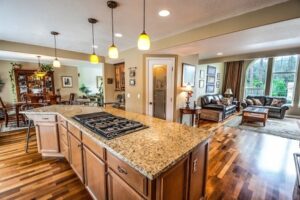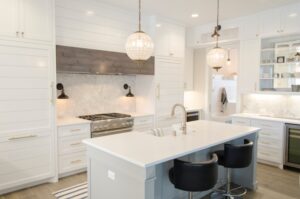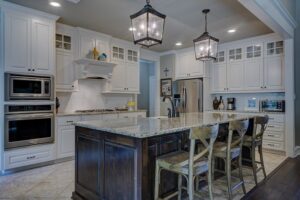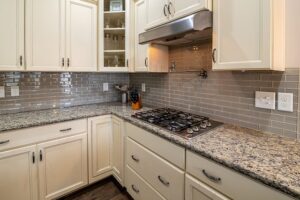
Designing your dream kitchen can be an exciting, albeit daunting, endeavor. With the help of 3D kitchen design software, you can turn your visions into structured plans, ready for implementation. However, not all software is created alike, and choosing the right one can significantly impact your design efficiency and the end result of your project. Whether you’re a homeowner, a DIY enthusiast, or a professional interior designer, here are seven crucial tips to consider when selecting 3D kitchen design software.
1. Define Your Needs
Before diving into the pool of design software, it’s essential to specify what you’re looking for. Evaluate the complexity of your project; are you simply updating some cabinets, or are you undergoing a complete kitchen renovation? Consider your skill level; some software may be too complicated for beginners, while others may not have enough depth for professionals. Outlining your needs will help you focus on software that offers the right level of customization and detail.
2. Budget Considerations
As with all purchases, your budget matters. The market for 3D kitchen design software varies greatly in pricing, from free 3D kitchen design software to professional-grade software with a substantial upfront cost and subscription fees. It’s crucial to weigh the cost against the features you need. Keep in mind that investing in the right software can save you time and money down the line by avoiding design mistakes.
3. User-Friendliness
The learning curve for new software can be steep, with complex tools and features. Homeowners and DIYers may prefer software that’s more intuitive and requires little to no training. Check reviews and try out demo versions to determine if the interface is friendly and the commands are easy to use. Streamlined software can speed up the design process and ensure better grasp of your tools.
4. Compatibility and Integration
Designing a kitchen isn’t an isolated task. You may need to import and export your designs to other software or share them with contractors. Ensure that the 3D kitchen design software you choose is compatible with other commonly used design and architecture tools. Seamless integration can prevent headaches when transferring files between platforms and ensure a more coherent project management experience.
5. Feature Set
The features within the software are what will bring your designs to life. Look for essential functions such as 3D modeling, which provides a realistic perspective of your future kitchen, along with the ability to customize measurements, placements, and details according to your space. Material libraries that include options for countertops, cabinets, and floorings will enhance the visual representation and allow you to play around with different styles before committing to physical changes.
6. Customer Support
Even the most user-friendly software can have its hiccups, and that’s where customer support comes in. Investigate the level of support available, including whether there are online tutorials, a comprehensive knowledge base, or live assistance. Knowing that help is available when you’re stuck on a particular design challenge can alleviate frustration and keep your project on track.
7. Trial and Feedback
Don’t commit to a software package until you’ve had a thorough test run. Many companies offer free trials, ranging from a few days to a couple of weeks, giving you ample time to get a feel for the software and its capabilities. Additionally, scour the web for user feedback and reviews. Learning from the experiences of others is a valuable way to predict how the software will perform in real-life scenarios.
Bottom Line
Choosing the right 3D kitchen design software is a critical step in the remodeling or building process. By considering these tips, you can evaluate the software that best aligns with your project and your abilities. Remember, the software is a tool that should enhance your skills and creativity, not hinder them. Invest the time in research, trials, and feedback to ensure a harmonious partnership with your chosen design platform. Your ideal kitchen may be closer than you think, with the right 3D design software pointing the way.




